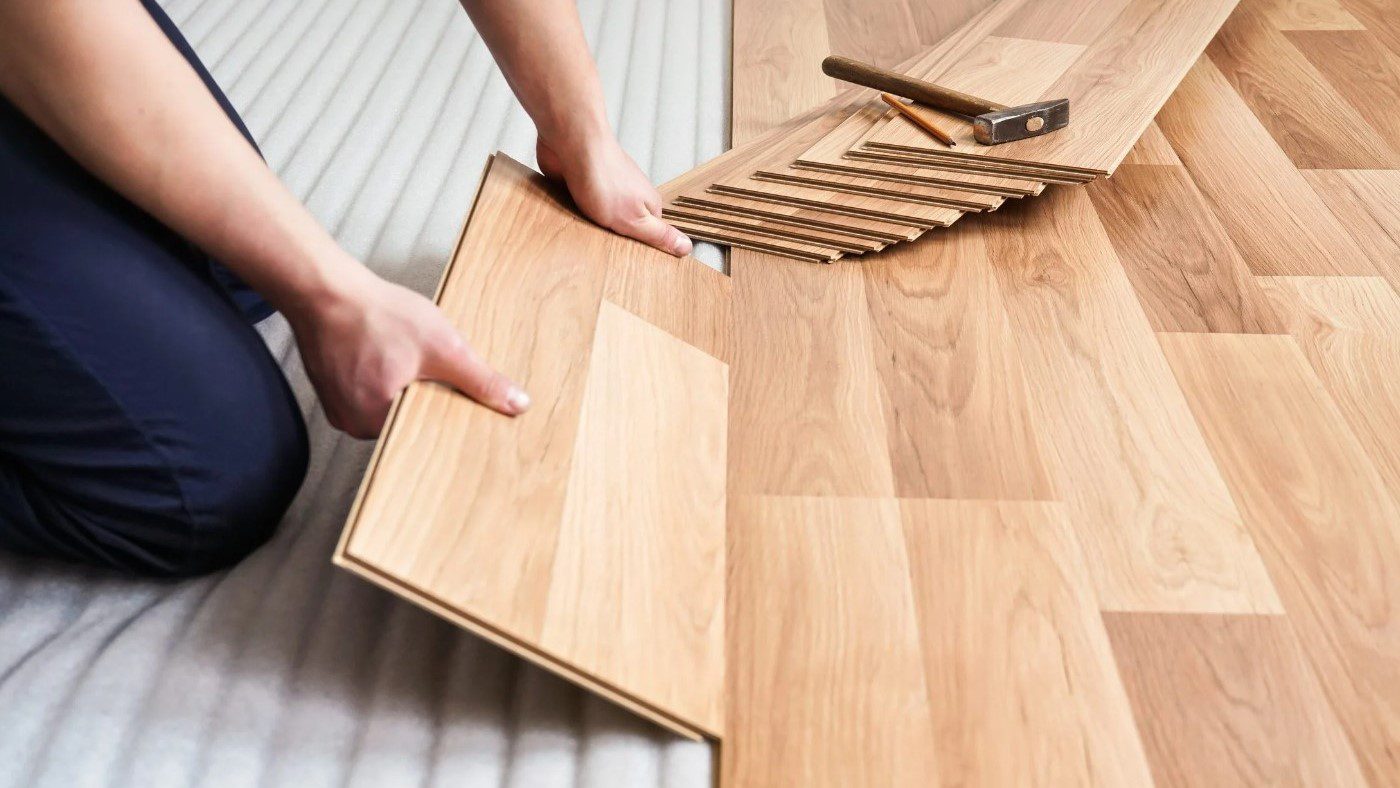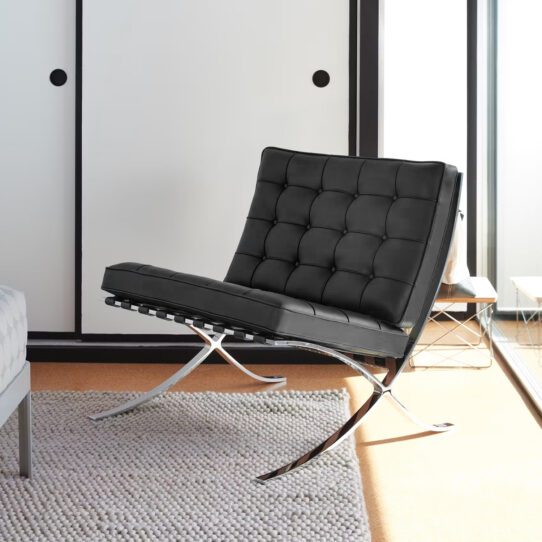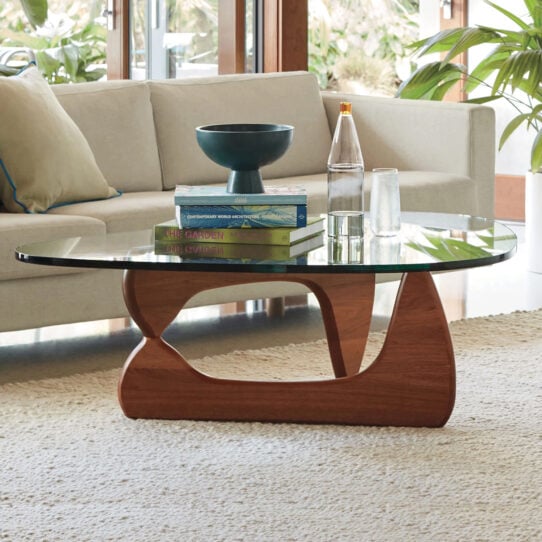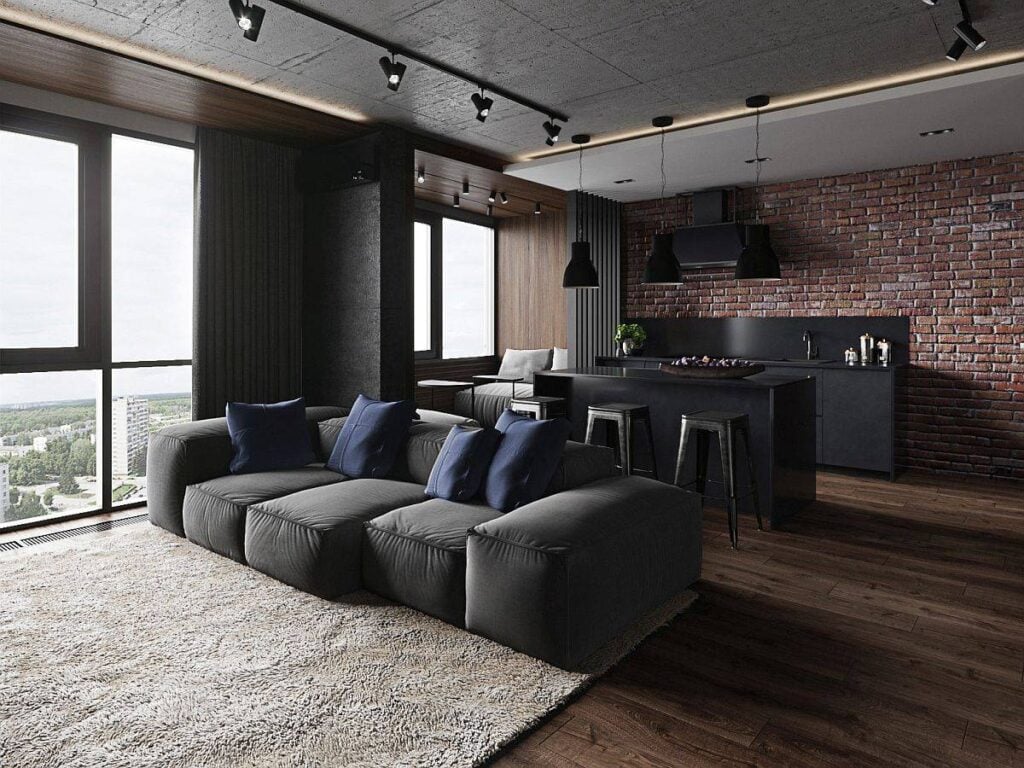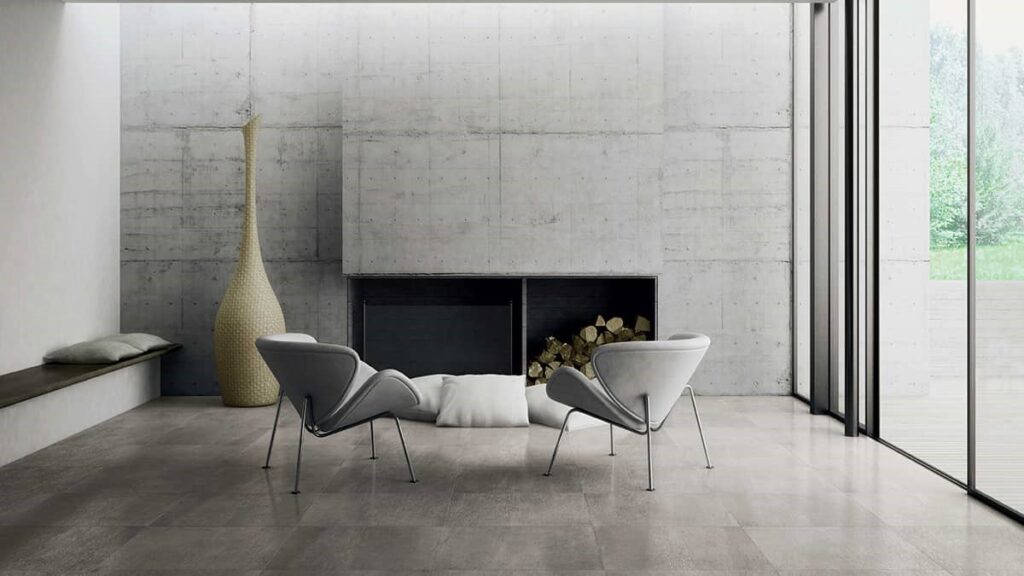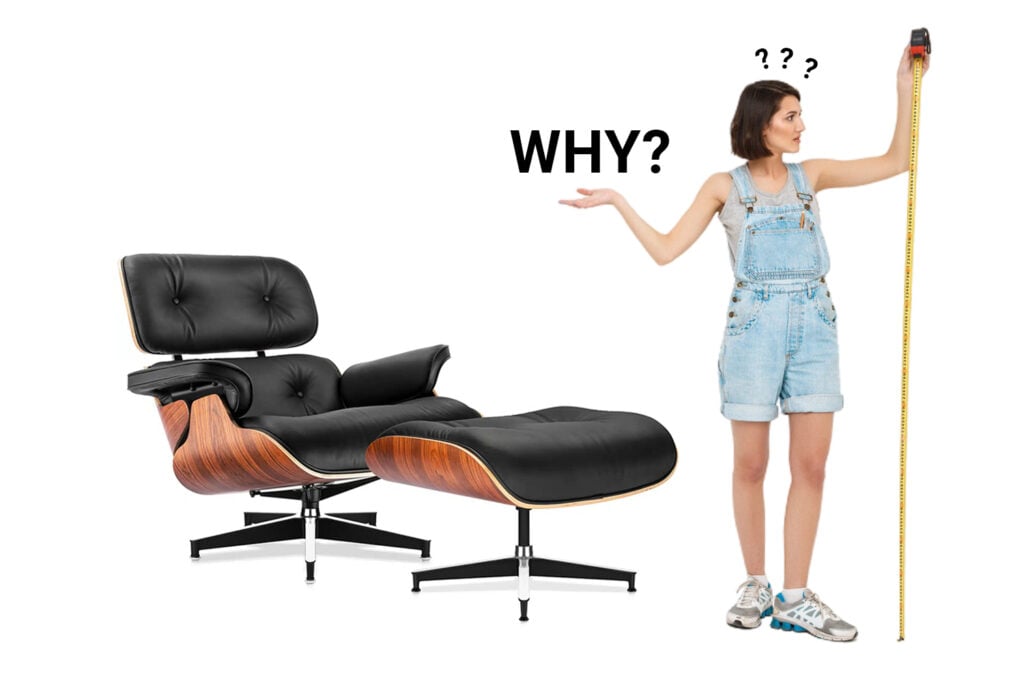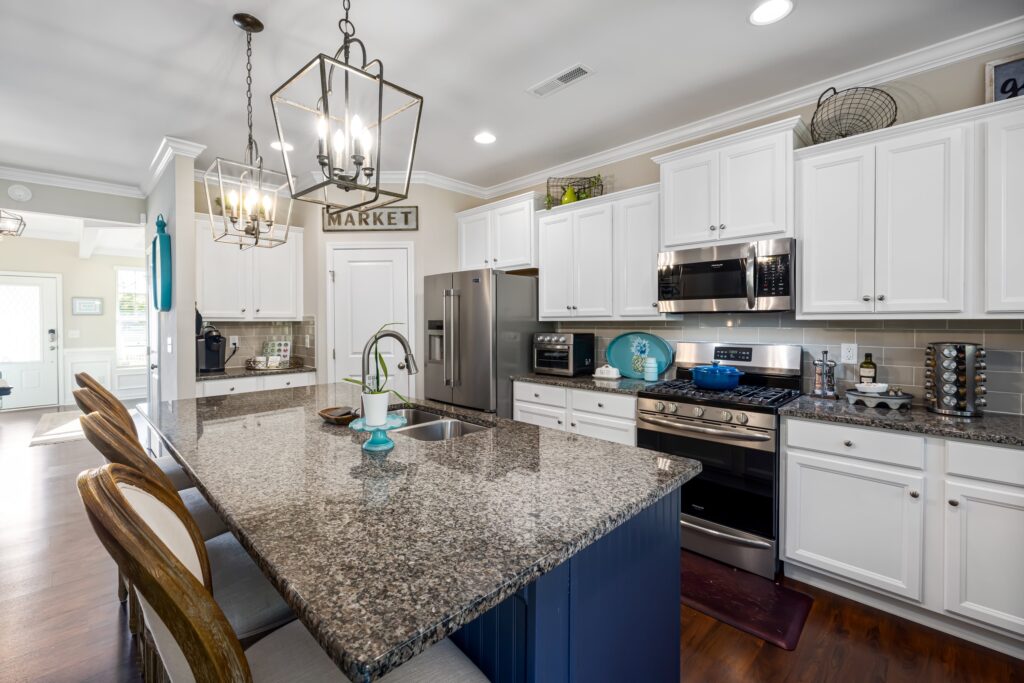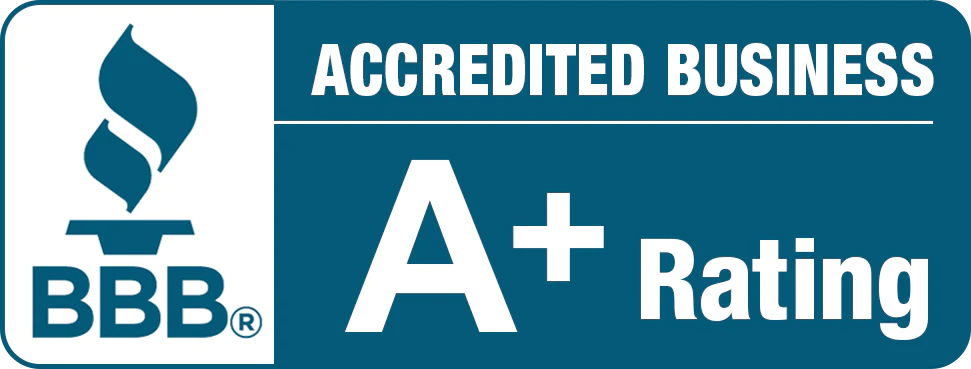Choosing the ideal flooring for your home or office requires careful consideration of various factors, including durability, style, and affordability. Two popular options that meet these criteria are laminate vs vinyl flooring. While laminate and vinyl share some similarities, they also possess distinct characteristics that can influence your decision.
This comprehensive article will provide an in-depth comparison of laminate vs vinyl flooring, exploring their characteristics, installation processes, maintenance requirements, durability, eco-friendliness, cost, and additional considerations.


By the end, you will have a comprehensive understanding of these flooring materials, enabling you to make an informed choice that suits your needs and preferences.
Characteristics of Laminate vs Vinyl Flooring
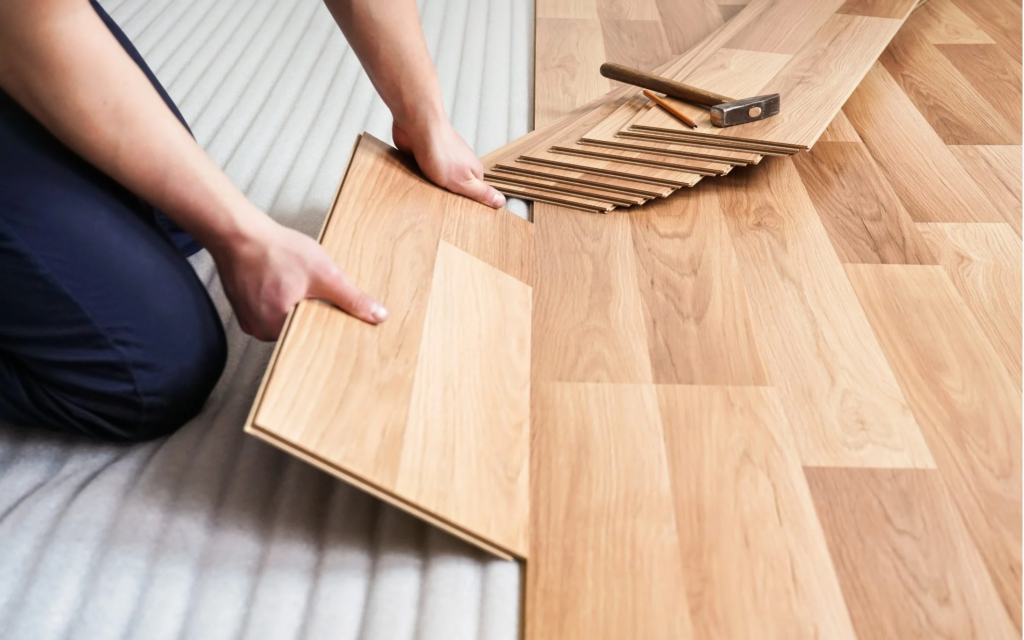
- Laminate flooring
Consists of several layers of synthetic materials, usually combined through lamination. The top layer, known as the wear layer, is a transparent protective layer that protects the design layer underneath, which can mimic the look of wood, stone, or tile.
Laminate flooring provides a wide range of design and texture options to achieve the desired look for your space.

- Vinyl flooring.
On the other hand, consists of a combination of polyvinyl chloride (PVC) and various additives, resulting in a flexible and resilient material. Vinyl flooring is available in various designs, including realistic wood, stone, and abstract patterns. These floors also offer textured surfaces that mimic the feel of natural materials.
Installation Process of Laminate vs Vinyl Flooring
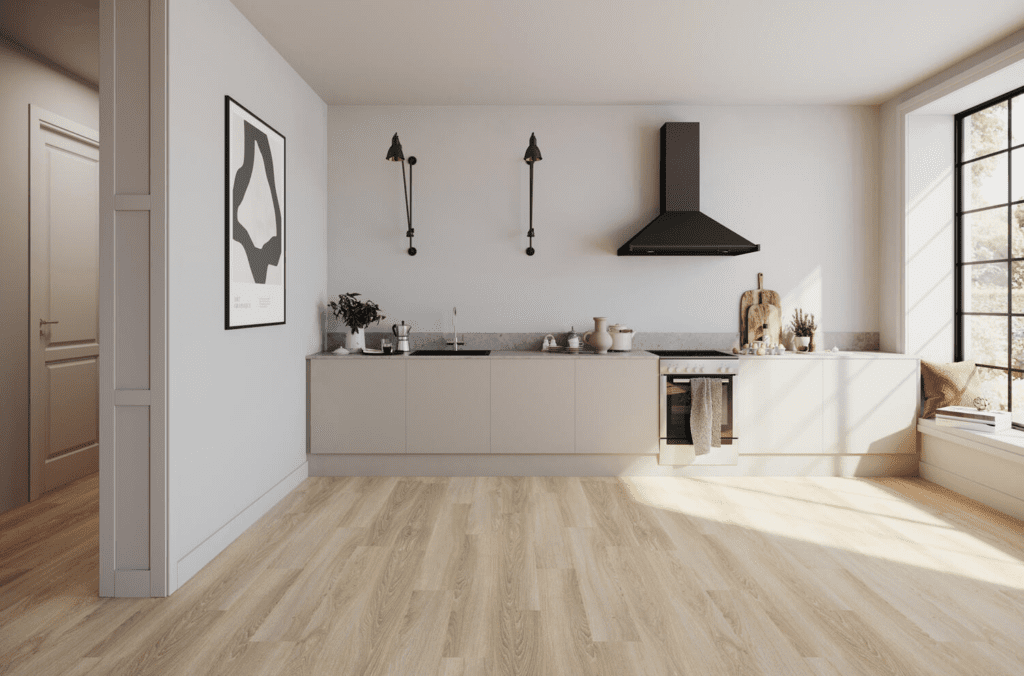
The installation process is an important consideration when comparing laminate and vinyl flooring.
- Laminate flooring
Typically uses a floating floor installation method, where individual planks or tiles interlock without adhesive. This system allows for easy and efficient installation and easy replacement if required. Laminate flooring can be installed over various flooring, including concrete, plywood, or existing flooring.
- Vinyl flooring
Offers installation methods, including stick, release, or click-lock systems. The glue-in method involves applying adhesive to the subfloor before laying the vinyl sheets or tiles. The drop-in method relies on the weight of the flooring to keep it in place, making it easy to remove and replace.
Click-lock systems allow for floating floor installation, where the planks or tiles interlock with each other without adhesive. Each installation method has advantages and considerations, depending on the type of vinyl flooring chosen and the room’s needs.
Related to: Laminate Vs Wood Flooring: Which Is Best For Home Flooring?
Maintenance and Durability Laminate vs Vinyl Flooring
Maintenance and durability are crucial when evaluating laminate and vinyl flooring.

- Laminate flooring
Generally resistant to scratches, dents, and fading due to its wear layer. However, it is important to note that the durability of laminate flooring can vary depending on the quality and thickness of the wear layer. Additionally, laminate flooring is susceptible to moisture damage and can swell or warp if exposed to excessive water.
Proper maintenance includes regularly sweeping or vacuuming to remove dirt and debris, using a damp mop for cleaning, and avoiding excessive moisture.
- Vinyl flooring
Being waterproof is highly resistant to water damage and is an excellent choice for areas prone to spills or high humidity. Vinyl flooring is also resistant to scratches and stains, but heavy furniture or sharp objects can still cause damage to its surface.
Regular maintenance involves sweeping or vacuuming to remove dirt and dust, mopping with a vinyl floor cleaner, and promptly wiping up spills: Laminate and vinyl flooring offer low-maintenance solutions for busy households or commercial spaces.
Eco-friendliness
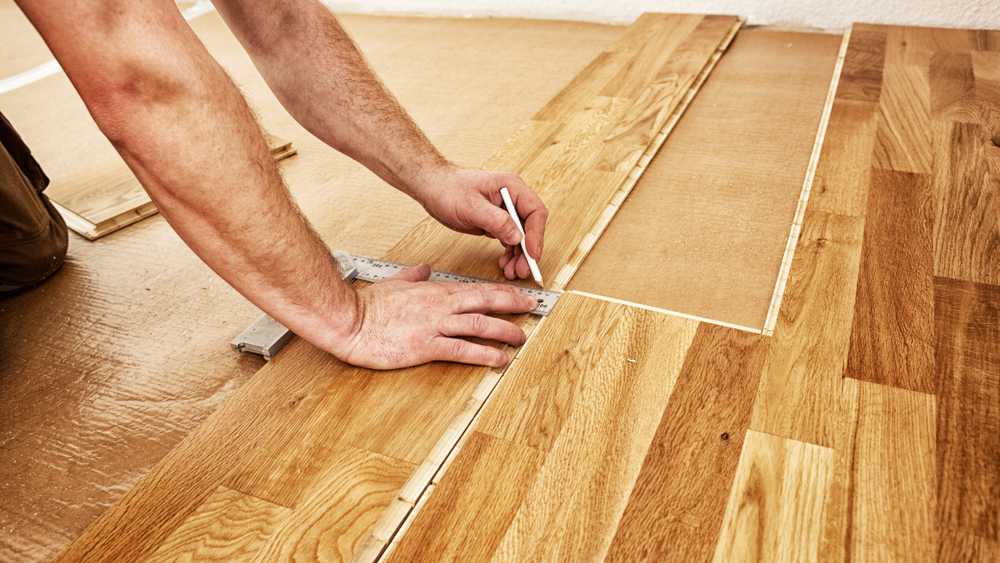
Considering the environmental impact is becoming increasingly important when selecting flooring options.
- Laminate flooring
Consists of a high-density fiberboard (HDF) core layer, which may contain formaldehyde or other volatile organic compounds (VOCs). However, many manufacturers now offer low-VOC or formaldehyde-free options, making laminate flooring more eco-friendly. Additionally, laminate flooring can be made from recycled materials, reducing its environmental footprint.
- Vinyl flooring
Especially those made with recycled materials and free from harmful additives can be considered a greener choice. However, it is essential to research the specific brand and product to ensure compliance with environmental standards.
Some vinyl flooring manufacturers have taken steps to reduce their environmental impact by implementing recycling programs and utilizing sustainable manufacturing processes. Additionally, vinyl flooring can be recycled at the end of its life, reducing its ecological footprint.
Cost Comparison
Cost is important for many homeowners and businesses when choosing flooring materials. Generally, laminate flooring is more affordable compared to vinyl. Laminate flooring is available in a wide range of price points, allowing for budget-friendly options. However, higher-end laminate options, specialized installation requirements, or premium design choices may increase the overall cost.
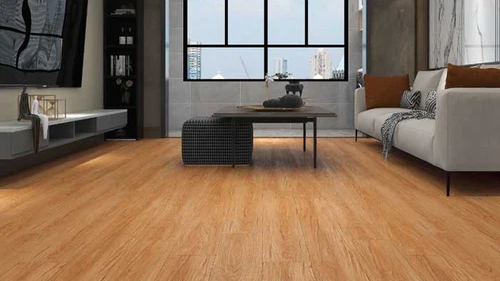
Vinyl flooring, although slightly pricier, provides better durability and water resistance, making it a cost-effective choice in the long run. Vinyl flooring’s enhanced durability can result in fewer replacements and repairs over time, saving on maintenance costs.
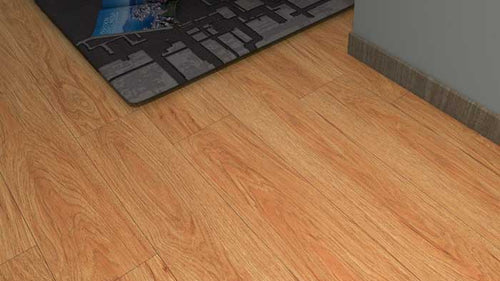
Additionally, vinyl flooring is available in various grades and thicknesses, with higher-quality options often offering better warranties and longevity. The cost of laminate and vinyl flooring can vary depending on the brand, quality, design, and installation method.


Conclusion
In conclusion, both laminate and vinyl flooring have unique characteristics and benefits. Laminate offers diverse designs and cost-effectiveness but is prone to moisture damage. Conversely, Vinyl excels in water resistance, durability, and versatility, making it ideal for high-moisture areas.
When choosing, consider factors like traffic, moisture exposure, aesthetics, installation requirements, maintenance, eco-friendliness, and budget. Consulting experts and researching reputable brands will aid in making an informed decision. Both options can enhance your space’s appeal and functionality for years.
FAQ
Can laminate and vinyl flooring be installed over existing flooring?
Yes, laminate and vinyl flooring can often be installed over existing flooring. Laminate flooring can typically be installed over various subfloors, including concrete, plywood, or existing laminate or vinyl flooring.
Are laminate and vinyl flooring suitable for households with pets?
Both laminate and vinyl flooring can be suitable for households with pets. Laminate flooring is generally more scratch-resistant, thanks to its wear layer, making it more resistant to pet nails and claws.
Can laminate and vinyl flooring be refinished or repaired?
Laminate flooring typically cannot be refinished or repaired, as the top wear layer cannot be sanded down like solid wood flooring. If a laminate plank is damaged, it is usually best to replace the entire plank.

